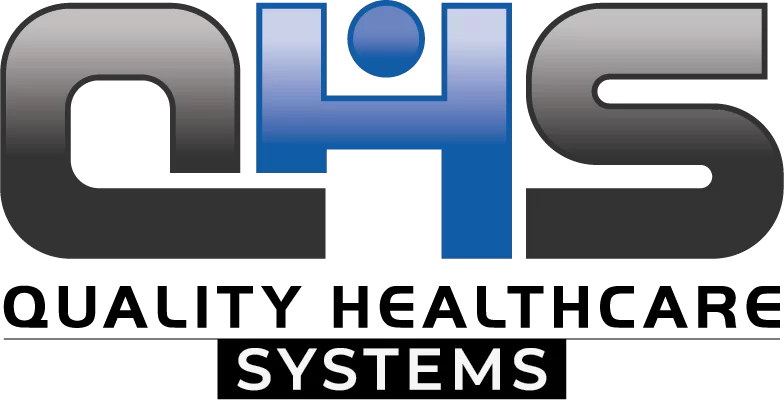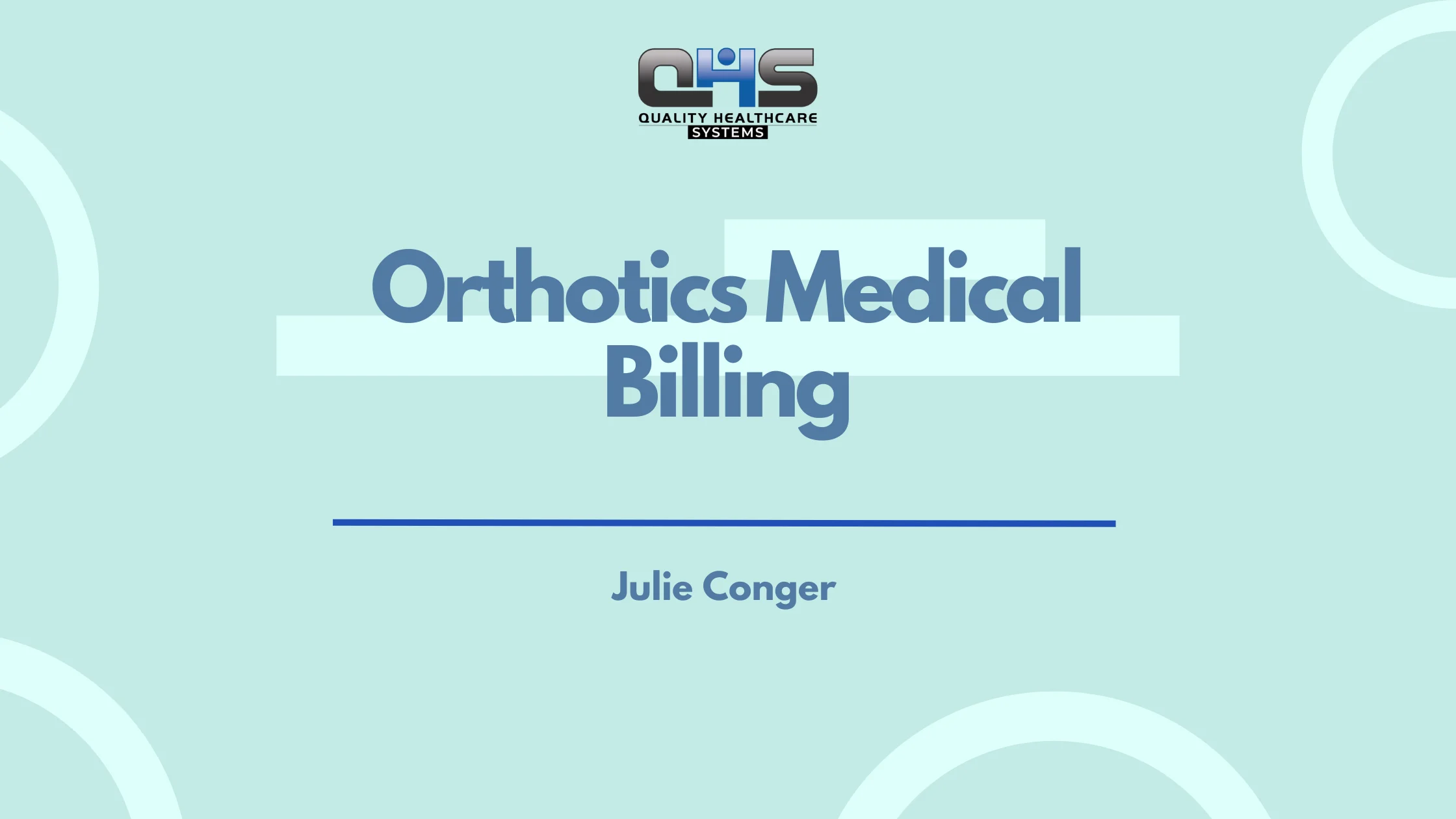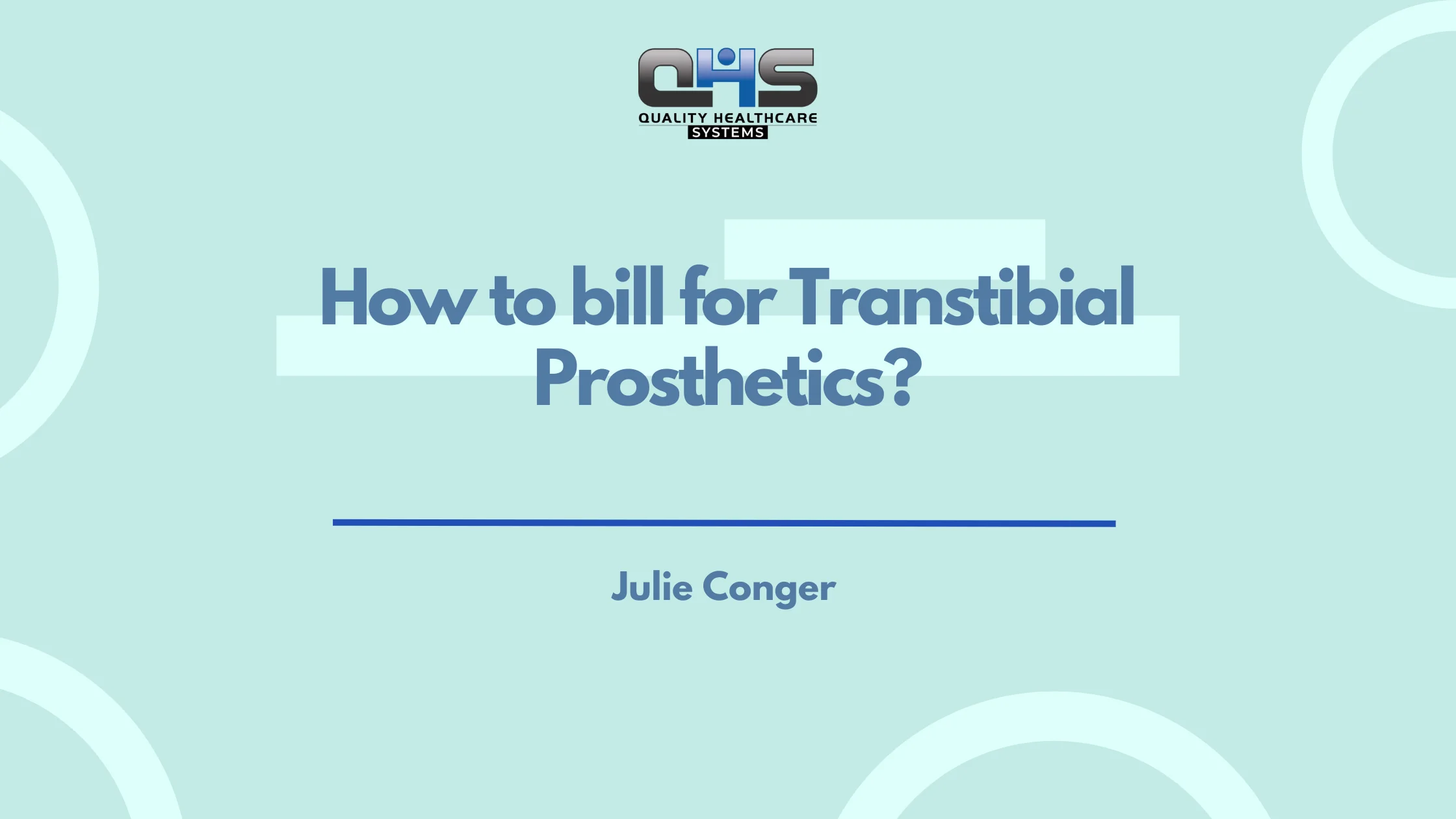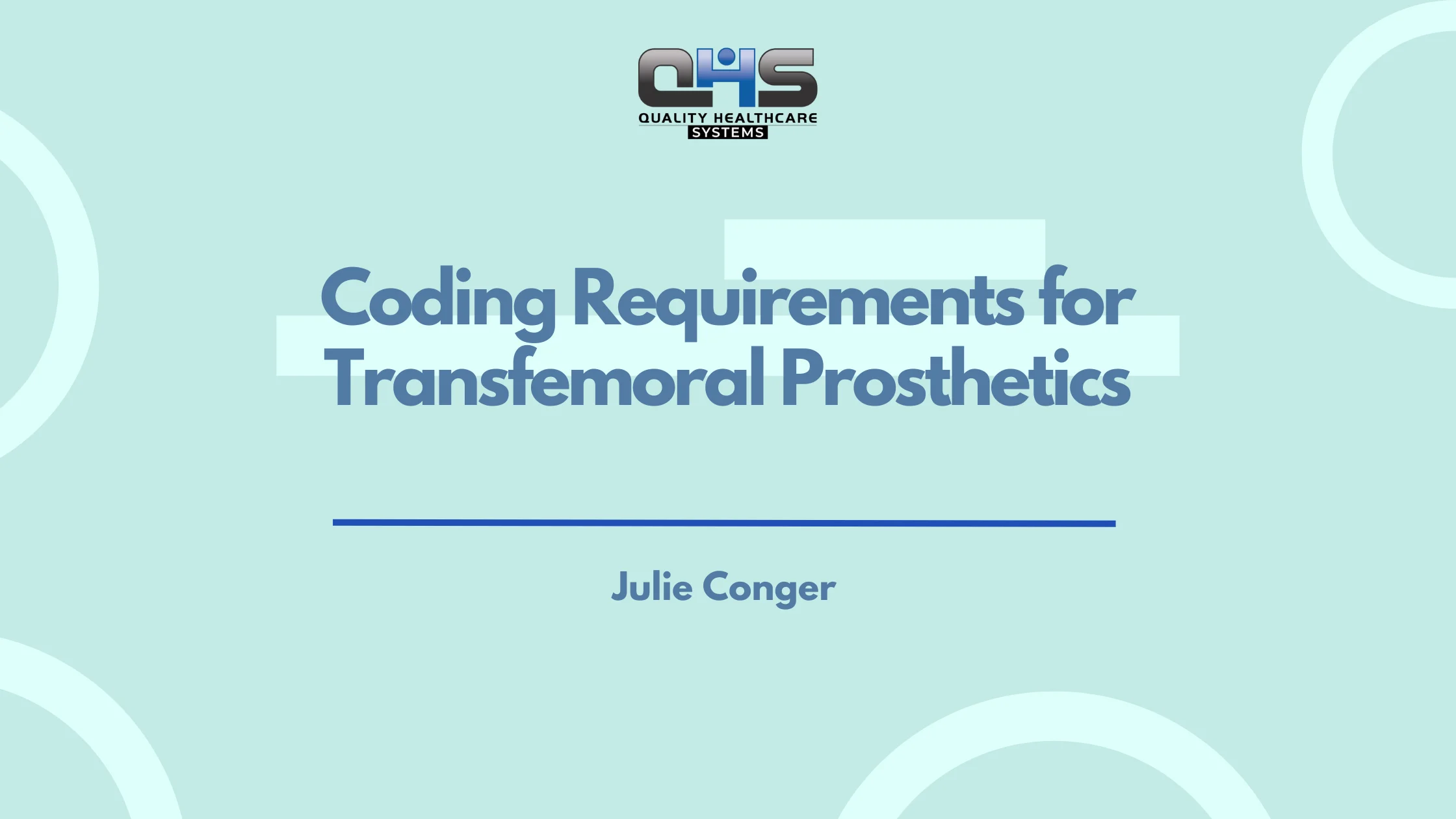Orthotics medical billing is a complex yet essential process that demands accuracy, compliance, and specialized knowledge. For orthotics providers, precise billing not only drives timely reimbursements but also safeguards financial stability. Yet, the ever-changing regulations and payer guidelines make this process challenging—even for experienced billers.
Are you tired of underpayments, denied claims, and cash flow disruptions that put your practice at risk?
This comprehensive guide dives deep into the nuances of orthotics medical billing, offering actionable strategies for accurate coding, thorough documentation, and efficient denial management.
With expert insights and practical tips, this guide empowers orthotics providers to navigate billing complexities confidently and grow their business.
What is Orthotics Medical Billing?
Orthotics medical billing is the process of submitting and managing insurance claims for orthotic devices, including braces, splints, and supportive equipment. It involves accurate coding, thorough documentation, and compliance with payer guidelines to ensure timely and maximum reimbursements for orthotics providers. Proper orthotics billing reduces claim denials, improves cash flow, and supports business growth.
How does the process work for Orthotics billing?
Orthotics billing involves submitting claims to insurance companies for reimbursement of orthotic devices. The process begins with verifying the patient’s insurance coverage and obtaining necessary prior authorizations.
Accurate coding using HCPCS and ICD-10 codes is essential, along with proper documentation to prove medical necessity. After the orthotic device is provided, the claim is submitted for payment. If approved, reimbursement is issued. Regular follow-up, denial management, and corrections ensure timely payment.
What are the Key Steps in the Orthotics Medical Billing Process
1. Patient Registration and Insurance Verification
Orthotics billing begins with gathering accurate patient demographics, including name, date of birth, insurance details, and medical history. Insurance verification is crucial to confirm eligibility and benefits, ensuring coverage for the prescribed orthotic device. Prior authorization is often required, especially for high-cost items, so verifying this upfront prevents delays. Implementing robust eligibility verification solutions can significantly reduce claim denials and speed up revenue collection.
2. Procedure Coding and Modifier Application
Selecting the correct HCPCS (Healthcare Common Procedure Coding System) and CPT (Current Procedural Terminology) codes is vital for accurate billing. Orthotics billing often involves L-codes, specific to orthotic and prosthetic devices. Proper use of modifiers like RT (Right Side) and LT (Left Side) ensures clarity on the provided services.
3. Claims Submission and Compliance Review
Accurate claims preparation is essential to avoid rejections. Claims should include the patient’s details, diagnosis codes, procedure codes, modifiers, and documentation supporting medical necessity. Adhering to payer-specific guidelines minimizes errors and speeds up reimbursement.
4. Denial Management and Payment Reconciliation
Despite best practices, denials can occur due to insufficient documentation, incorrect codes, or missing modifiers. A structured approach to denial management, including identifying denial reasons and implementing corrective measures, ensures successful resubmissions and appeals. Payment reconciliation finalizes the process, tracking payments and identifying discrepancies.
- Also Read: Medical Billing Time Limits by State
HCPCS and CPT Codes for Orthotics Medical Billing
| Code | Type | Description |
|---|---|---|
| L1902 | HCPCS | Code for an elastic ankle orthosis with rigid stays, off-the-shelf device designed to support the ankle. |
| L4361 | HCPCS | Code for a non-pneumatic, adjustable walking boot with interface, prefabricated and used for foot injuries. |
| L3020 | HCPCS | Code for removable foot insert, molded to the patient’s foot, each. |
| L1833 | HCPCS | Code for knee orthosis with adjustable knee joints, used for stabilizing knee movement, off-the-shelf. |
| L0650 | HCPCS | Code for a flexible lumbar-sacral orthosis, prefabricated, includes fitting and adjustments for lower back support. |
| L0100 | HCPCS | Code for a cranial orthosis (helmet), molded to the patient’s head to treat conditions like plagiocephaly. |
| L1832 | HCPCS | Code for a knee orthosis with adjustable locking joint, off-the-shelf, used for knee immobilization. |
| L1960 | HCPCS | Code for custom-fabricated ankle-foot orthosis, molded to the patient’s specific model for foot support. |
| L1970 | HCPCS | Code for a custom-fabricated plastic ankle-foot orthosis for foot and ankle support. |
| L4387 | HCPCS | Code for a pneumatic, adjustable walking boot, prefabricated, used for foot and ankle injury recovery. |
| L3807 | HCPCS | Code for a wrist-hand orthosis, includes soft interface material, prefabricated, used for wrist immobilization. |
| L4396 | HCPCS | Code for a static or dynamic ankle-foot orthosis, prefabricated and adjustable to support ankle function. |
| L0637 | HCPCS | Code for a rigid lumbar-sacral orthosis with posterior extension, prefabricated for lower back support. |
| 97760 | CPT | Code for orthotic management and training during the initial encounter, including device fitting and education. |
| 97761 | CPT | Code for orthotic management and training during subsequent encounters, including follow-up adjustments. |
| 97763 | CPT | Code for orthotic management and training with reassessment during a subsequent encounter. |
| 99070 | CPT | Code for supplies and materials provided during orthotic services, such as additional components or devices. |
| 99213 | CPT | Code for evaluation and management of established patient, moderate complexity, related to orthotics. |
| 97750 | CPT | Code for physical performance testing or measurement, used for evaluating the patient’s functional capacity in relation to orthotics. |
| 99002 | CPT | Code for handling and/or conveyance of orthotic devices, such as shipping or delivery charges. |
| L2999 | HCPCS | Code for a lower extremity orthotic device, not otherwise specified, used when no specific code applies. |
| L3916 | HCPCS | Code for a static wrist-hand-finger orthosis, prefabricated, used for hand and wrist immobilization. |
| L4002 | HCPCS | Code for replacement straps for orthotic devices, each, used for repairing or replacing worn-out straps. |
| L0627 | HCPCS | Code for a rigid lumbar-sacral orthosis with sagittal control, prefabricated for lower back support. |
ICD-10 Diagnosis Codes for Orthotics
Orthotics are commonly used to support, align, and stabilize various body parts affected by conditions such as joint deformities, sprains, and arthritis. Below is a list of ICD-10 diagnosis codes often associated with orthotic treatments:
| ICD-10 Code | Description |
|---|---|
| M25.561 | Pain in the right knee, typically requiring support or stabilization from an orthotic device. |
| S83.511A | Sprain of the anterior cruciate ligament (ACL) of the right knee, initial encounter, often treated with knee orthosis for support. |
| M21.6X1 | Other acquired deformities of the right foot, which may require foot orthoses to correct or manage the deformity. |
| M17.11 | Unilateral primary osteoarthritis of the right knee, often requiring knee braces or orthotic supports. |
| M17.12 | Unilateral primary osteoarthritis of the left knee, typically treated with knee orthotics for pain relief and mobility. |
| M21.61 | Acquired deformity of the right foot, which can be addressed using custom foot orthoses or supports. |
| M21.62 | Acquired deformity of the left foot, often treated with specialized orthotic devices for better function. |
| S93.401A | Sprain of unspecified ligament of the right ankle, initial encounter, frequently requiring ankle braces or supports. |
| M79.603 | Pain in the right foot, potentially treated with custom foot orthoses to alleviate discomfort and improve mobility. |
| M79.604 | Pain in the left foot, often treated with orthotic insoles or supports to reduce pain and improve function. |
| M16.11 | Unilateral osteoarthritis of the right hip, often requiring hip orthoses to improve joint function and reduce pain. |
| M16.12 | Unilateral osteoarthritis of the left hip, treated with hip orthotics to enhance stability and mobility. |
| S83.512A | Sprain of the anterior cruciate ligament (ACL) of the left knee, initial encounter, commonly treated with knee braces or orthotic devices. |
| M54.5 | Low back pain, which can be supported with lumbar orthoses for pain relief and enhanced stability. |
| M21.9 | Acquired deformity of a joint, unspecified location, often treated with custom orthotic devices to stabilize and correct the joint. |
| M22.40 | Chondromalacia patella of the right knee, often treated with knee orthotics for joint protection and pain relief. |
| M22.41 | Chondromalacia patella of the left knee, requiring knee orthoses for better joint function and pain management. |
Compliance and Regulations in Orthotics Medical Billing
Medical Necessity Documentation
Payors require proof that orthotic devices are medically necessary. Proper documentation includes physician prescriptions, treatment plans, and supporting clinical notes. Failing to demonstrate medical necessity can lead to denials. Providers can reduce claim errors by maintaining comprehensive and timely documentation.
Medicare and Private Payer Compliance
For DMEPOS (Durable Medical Equipment, Prosthetics, Orthotics, and Supplies), understanding Medicare and private payer guidelines is essential. Medicare often requires proof of medical necessity and documentation retention. Implementing a compliance checklist ensures consistent adherence to requirements.
HIPAA Compliance and Billing Integrity
Orthotics billing requires adherence to HIPAA regulations to protect patient information. Additionally, practices must avoid fraudulent claims by ensuring accurate and honest billing. Conducting regular compliance audits can minimize risks.
What Are the Key Steps in Orthotics Billing and How Can QHS Simplify the Process?
Orthotics billing involves several essential steps to ensure accuracy and compliance, including:
-
Prescription Order Entry: Accurately entering the orthotics prescription to begin the billing process.
-
Patient Demographics and Insurance Information Collection: Gathering detailed patient information and insurance coverage to facilitate correct billing.
-
Implementing Product Code, Prescription, and Diagnosis: Properly coding the orthotic device, prescription, and related diagnosis for claim submission.
-
Insurance Eligibility and Benefits Verification: Confirming the patient’s insurance coverage and benefits to avoid claim rejections.
-
Prescription Collection: Ensuring that all necessary documentation is obtained to support the claim.
-
Authorization Approval Documentation: Submitting required documents for approval before proceeding with the billing process.
-
Claim Submission: Sending claims to insurance providers for reimbursement.
-
Denial Management: Addressing any claim denials by identifying issues and making necessary corrections.
-
Accounts Receivable Follow-Up and Payment Posting: Managing accounts receivable, following up on unpaid claims, and posting received payments.
At QHS, we specialize in simplifying the orthotics billing process. Our experienced team handles everything from claim submission to denial management, ensuring faster payments and fewer errors.
Common Challenges and Solutions in Orthotics Medical Billing
Orthotics medical billing comes with several challenges that can hinder the smooth processing of claims. One of the biggest issues is ensuring medical necessity and avoiding documentation errors. If the required documentation isn’t thorough or doesn’t clearly prove the need for the orthotic device, insurance companies may deny the claim. To avoid this, it’s crucial to have a checklist in place to ensure all documentation requirements are met.
Another common problem is dealing with authorization and coverage issues. Insurance policies can be complex, and often providers may not verify the coverage or obtain the necessary authorizations before submitting a claim. This can lead to delays or denials. To prevent this, verifying coverage and getting the right approvals ahead of time is essential for smooth billing.
Incorrect coding and modifier errors also pose significant challenges in orthotics medical billing. If codes are entered incorrectly or modifiers aren’t used properly, it can lead to claims being rejected or underpaid. Regular training on current coding practices and proper use of modifiers is an important solution to this issue.
Finally, frequent claim denials and rejections are a recurring challenge. Sometimes, claims are denied due to minor errors or missing information. Implementing a proactive denial management strategy can help quickly identify issues and resubmit claims, ensuring that orthotics providers get paid accurately and on time.
Orthotics Billing Revenue Cycle Management (RCM)
A streamlined RCM process helps ensure timely payments, reduce denials, and enhance cash flow. Tracking key metrics like Days Sales Outstanding (DSO) and first-pass acceptance rates can help measure performance. Leveraging advanced RCM software can improve billing accuracy and optimize financial performance.
Top Orthotics Billing Denials & How to Prevent Them
1. Lack of Medical Necessity
Denial Cause:
One of the most common reasons for orthotics billing denials is the lack of documented medical necessity. Insurance providers require detailed evidence that the orthotic device is essential for the patient’s condition. If the clinical documentation fails to establish the need for the device, the claim is likely to be denied.
Prevention:
To prevent this denial, ensure that all clinical documentation is complete and clearly demonstrates why the orthotic device is necessary. Include a thorough description of the patient’s diagnosis, treatment history, and how the device will improve their condition. By providing a well-documented case for medical necessity, you can reduce the chances of this denial.
2. Missing or Incorrect Modifiers
Denial Cause:
Incorrect or missing modifiers, such as RT (right side), LT (left side), KX (Medicare qualifier), and GA (waiver of liability), can lead to denials. These modifiers are essential for indicating the specific details of the orthotic device being billed, including which side of the body it applies to or whether a waiver is being used.
Prevention:
Ensure that the proper modifiers are applied to every claim based on the specific device and patient situation. RT and LT should be used to specify the right or left side when necessary, while KX and GA should be used when required by payer guidelines. Regularly update your coding knowledge and double-check each claim to ensure modifiers are correctly included.
3. Prior Authorization Issues
Denial Cause:
Many insurance providers require prior authorization before processing orthotics claims. If this step is missed or authorization isn’t obtained in advance, the claim may be denied. This often happens when providers are unfamiliar with specific payer requirements or forget to verify them.
Prevention:
To prevent prior authorization denials, always verify payer-specific requirements before submitting claims. Familiarize yourself with the documentation and approval processes for each insurance carrier and ensure that the necessary authorizations are secured in advance. Implementing a proactive authorization process within your practice will help ensure that claims are approved without unnecessary delays.
Outsource to Quality Healthcare Systems (QHS) for Seamless Orthotics Billing
Partnering with QHS simplifies orthotics billing with end-to-end solutions, advanced software, and expert billing specialists. QHS ensures compliance, minimizes denials, and improves your revenue cycle management. With our comprehensive orthotics billing services, your practice can achieve higher reimbursements, reduced errors, and a stronger financial outlook.
Frequently Asked Questions
What is the role of HCPCS codes in Orthotics billing?
HCPCS codes are essential for identifying orthotic devices in billing. These codes, like L-codes, specify the type of orthotic device, helping insurance companies understand the product and approve reimbursement accordingly.
How do I handle orthotics billing for Medicare patients?
For Medicare patients, it’s crucial to provide proper documentation and use the correct KX modifier. Medicare also requires prior authorization for certain orthotic devices, so verify coverage and obtain authorization before submitting claims.
Can orthotics billing be done without prior authorization?
In some cases, prior authorization is not required for orthotics billing, but it is often necessary for more expensive or specialized devices. Always check with the payer for specific requirements to avoid claim denials.
What documentation is needed for orthotics medical billing?
Documentation for orthotics billing should include the patient’s diagnosis, medical necessity for the device, a detailed description of the orthotic, and proof of insurance authorization when required. Accurate and complete documentation ensures timely reimbursement.
Related Posts:
- Medical Billing for Artificial Limbs
- Medical Billing for Orthopedic Support
- Medical Billing for Hemipelvectomy Prosthetic
- Medical Billing for Spinal Orthoses
- Prosthetic Billing for Lower Limbs






